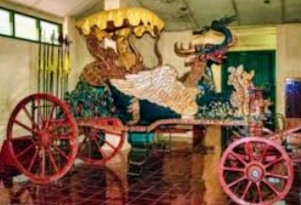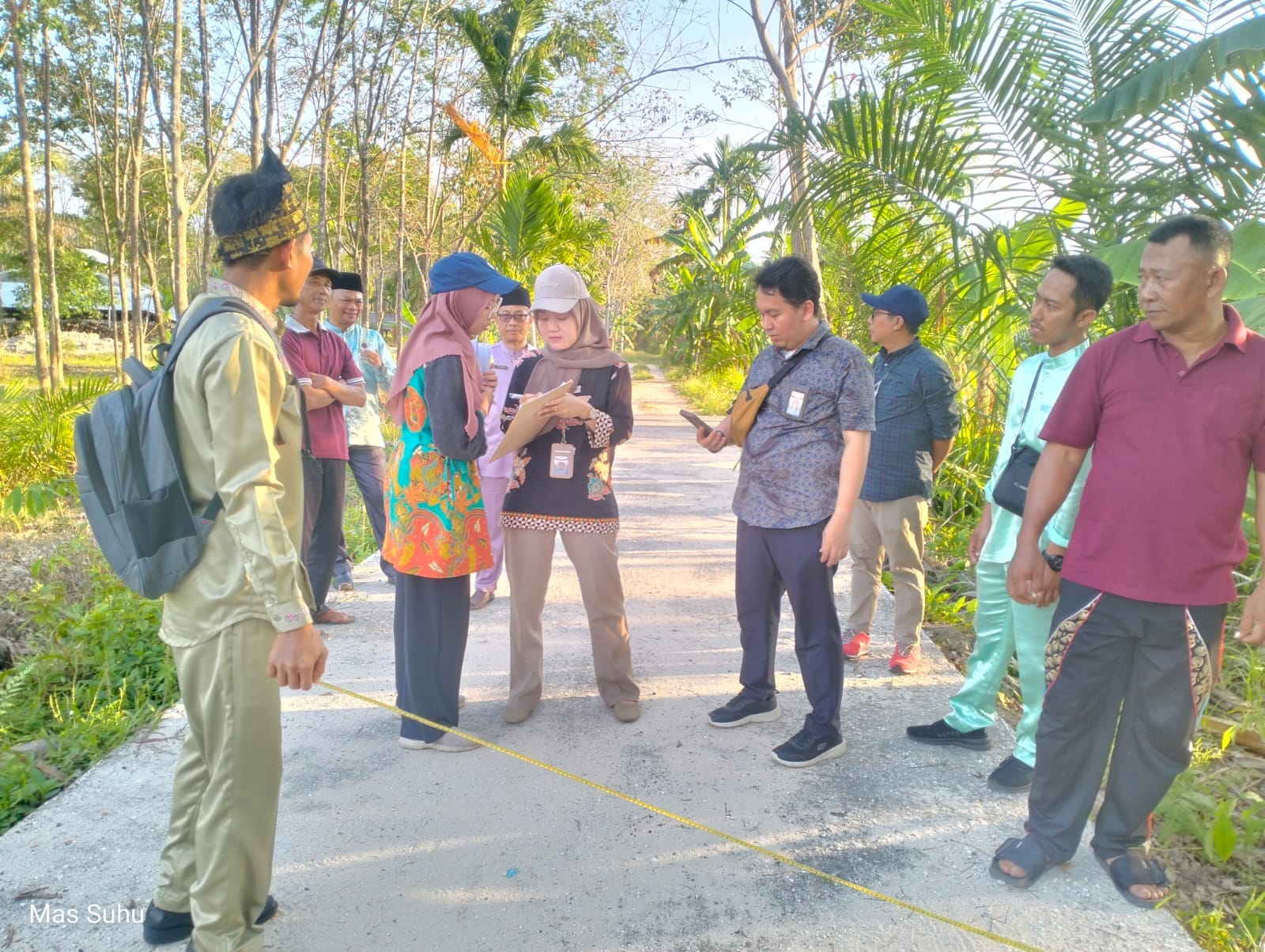Author: Abah Roy
Chairman of DPC Aswin, Cirebon City
The Paksi Naga Liman Carriage is one of the historic carriages belonging to the Kasepuhan Palace in Cirebon. This carriage has a deep philosophical meaning and is a symbol of the glory of the Cirebon Sultanate. Here is the history of its making:
History of the Making of the Paksi Naga Liman Carriage
This carriage was made in 1549 AD during the reign of the Sultan of Cirebon, Syekh Syarif Hidayatullah (Sunan Gunung Jati) and was used as the sultan’s vehicle for royal purposes, including traditional ceremonies and important visits.
This carriage is the work of Ki Notoguna, an empu (carriage maker) from the Cirebon Sultanate. The manufacturing process was carried out with great calculation and high philosophical meaning.
Meaning and Philosophy
This carriage is called Paksi Naga Liman because it has a combined form of three mythological creatures, namely:
1. Paksi (Garuda Bird) – Symbolizes the relationship with the upper world, namely spiritual power and relationship with God.
2. Dragon – Symbolizes wisdom, strength, and the ruler of water.
3. Liman (Elephant) – Symbolizes strength, wisdom, and relationship with the underworld.
The combination of these three elements reflects the greatness of the Cirebon Sultanate which has spiritual, intellectual, and physical strength.
Materials and Technology
This carriage is made of selected teak wood decorated with typical Cirebon ornaments such as the mega mendung motif. In addition, the wheels and drive system are specially designed so that they can function well without an engine, only pulled by a white buffalo.
Use of the Carriage
The Paksi Naga Liman Carriage is used in various great ceremonies of the Cirebon Palace. Until now, this train is still stored in the Keraton Kasepuhan Cirebon Museum and is only taken out for certain events such as Grebeg Maulid.
Conclusion
The Paksi Naga Liman train is not just a vehicle, but a symbol of the glory of the Cirebon Sultanate which is full of spiritual, cultural, and historical values. The uniqueness of the design and its philosophical meaning make this train one of the valuable cultural heritages in Indonesia.
Cirebon City, February 20, 2025
—
![]()




